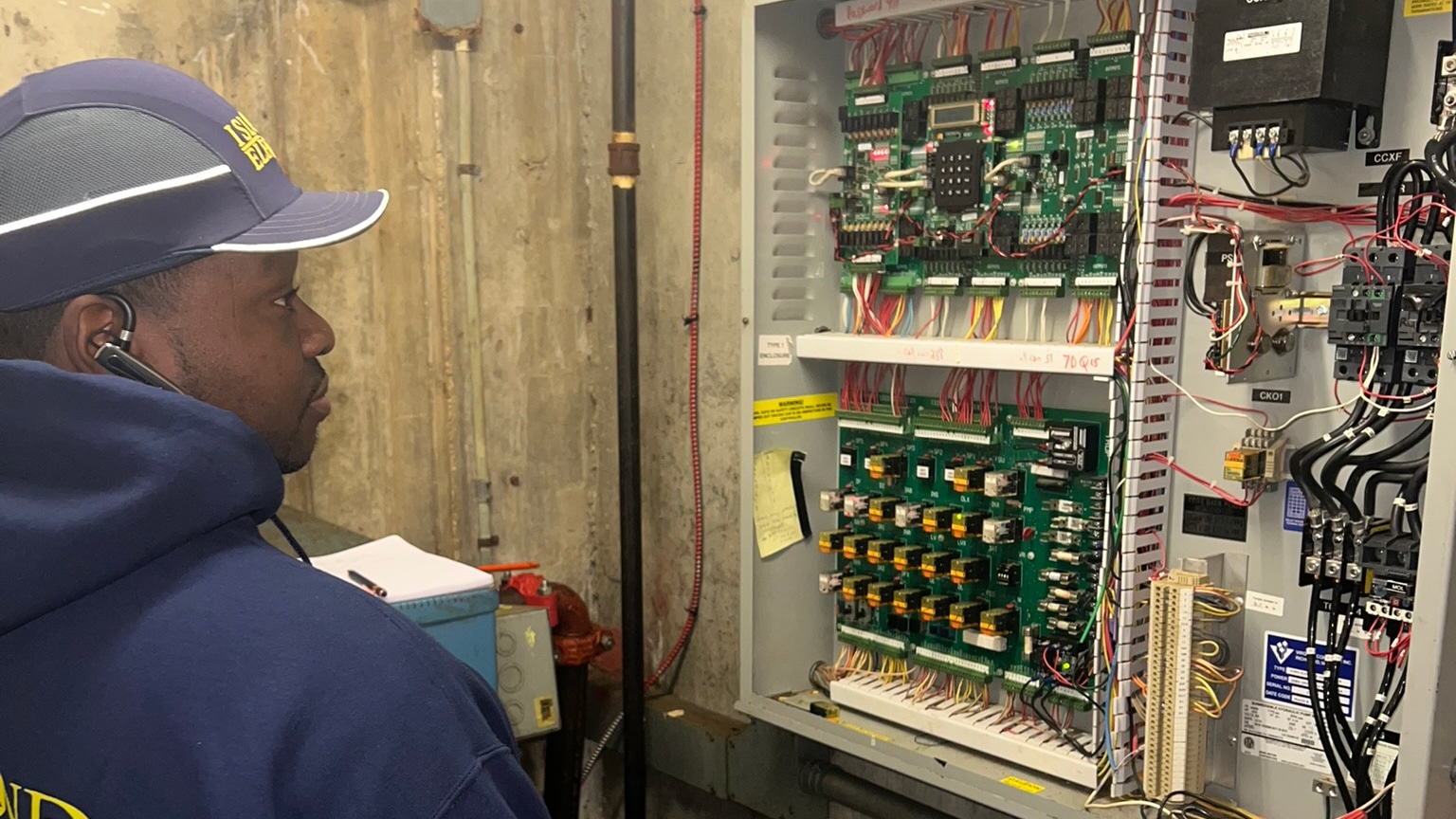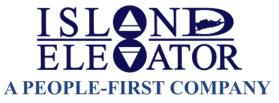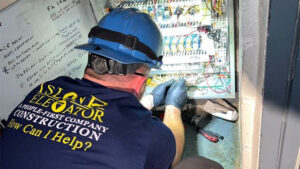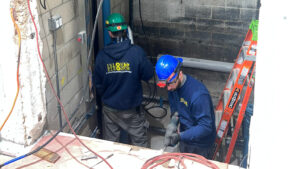
Commercial elevators are essential for transporting people and goods in various settings, from office buildings and hotels to hospitals and shopping centers. Due to their constant use, these elevators are subject to wear and tear, which can lead to malfunctions and require timely repairs. At Island Elevator, we specialize in providing reliable commercial elevator repair services across Long Island, ensuring that your elevator remains safe, efficient, and operational. In this blog, we’ll discuss some of the most common types of repairs needed for commercial elevators and how proactive maintenance can help minimize these issues.
Door Operator Malfunctions
One of the most common problems in commercial elevators involves the door operator system. The door operator controls the opening and closing of the elevator doors, and if it fails, passengers may find themselves unable to enter or exit the elevator safely. Common issues include:
Misalignment: Doors can become misaligned due to heavy use, resulting in improper closing or jamming.
Worn Out Rollers and Tracks: The rollers and tracks that guide the doors can wear out over time, causing the doors to operate unevenly or stop functioning entirely.
Electrical Issues: Faulty wiring, burned-out components, or malfunctioning sensors can prevent the doors from opening or closing properly.
These issues not only pose safety risks but can also lead to significant downtime if not addressed promptly.
Malfunctioning Control Systems
The control system, or control panel, is the brain of the elevator. It processes commands, manages the operation, and ensures the elevator’s safety features are functioning correctly. When control systems malfunction, elevators may experience erratic behavior, such as:
Unresponsive Controls: Buttons inside the elevator or on different floors may stop working.
Incorrect Floor Stops: The elevator might stop at the wrong floors or fail to open its doors.
Intermittent Operation: The elevator may run irregularly or halt unexpectedly, causing concern for passengers.
Control system issues can be due to outdated technology, electrical faults, or even software problems. Regular inspections and prompt repairs are essential to keep these systems in top condition.
Hydraulic System Failures
For commercial buildings with hydraulic elevators, hydraulic system failures can be a common repair need. The hydraulic system is responsible for moving the elevator car up and down using a piston. Common hydraulic system issues include:
Leaks: Over time, hydraulic fluid can leak from the piston or other parts of the system, reducing efficiency and causing the elevator to operate slowly or unevenly.
Overheating: Excessive use or inadequate ventilation can cause the hydraulic fluid to overheat, leading to system shutdowns or reduced performance.
Valve Malfunctions: Valves that control the flow of hydraulic fluid can wear out or become blocked, impacting the elevator’s ability to move smoothly and safely.
Regular inspections and maintenance can help detect and prevent hydraulic system failures, minimizing downtime and repair costs.
Worn-Out Hoist Ropes and Sheaves
In traction elevators, which are commonly used in high-rise commercial buildings, hoist ropes (also known as cables) and sheaves (the pulleys that guide the ropes) are critical components. Over time, these parts can wear out due to constant friction and heavy loads. Common issues include:
Rope Fraying or Breaking: Hoist ropes can become frayed or weakened, posing a severe safety risk.
Sheave Groove Wear: The grooves in the sheaves can wear down, causing the ropes to slip or become misaligned.
Uneven Wear: Uneven tension or load distribution can cause parts to wear out unevenly, leading to jerky movements or sudden stops.
Regular lubrication, tension checks, and timely replacement of worn parts can help prevent these issues.
Elevator Cab Wear and Tear
Elevator cabs see a lot of traffic in commercial settings, and over time, they can experience wear and tear that affects both their appearance and functionality. Common problems include:
Damaged Interior Panels: Scuffed, scratched, or dented interior panels can create an unprofessional appearance and may also conceal damage to underlying structural elements.
Malfunctioning Lights and Fixtures: Burned-out lights or malfunctioning fixtures can compromise passenger safety and comfort.
Worn Flooring: Elevator flooring can wear down or become damaged, creating trip hazards and diminishing the overall aesthetic appeal.
Repairing and upgrading the elevator cab interior helps maintain a positive image for your building and ensures a comfortable experience for all users.
Faulty Safety Devices
Safety devices such as brakes, buffers, and emergency communication systems are crucial components in any elevator. Over time, these devices may require repair due to wear and aging, including:
Brake Failures: Elevator brakes are essential for preventing uncontrolled movement. If they fail to engage correctly, the elevator may not stop as intended.
Buffer Damage: Buffers at the bottom of the elevator shaft protect the car from crashing in case of free fall. Damaged or malfunctioning buffers need immediate repair.
Emergency Communication Issues: Problems with the in-car emergency phone or alarm system can leave passengers unable to call for help in an emergency.
Ensuring these safety devices are always functional is critical for passenger safety and compliance with local regulations.
Overhead Machinery and Motor Problems
The machinery in the overhead room (for traction elevators) includes motors, gears, and other equipment that drive the elevator. Common issues include:
Motor Overheating or Failure: Motors can overheat due to continuous operation or electrical faults, leading to system shutdowns.
Gear Wear: Worn gears can cause noise, vibration, and inefficient elevator operation.
Bearing Failures: Bearings can wear out, leading to noisy operation or complete mechanical failure.
Regular maintenance and timely replacement of worn components are essential to ensure smooth and reliable elevator operation.
Trust Island Elevator for Your Commercial Elevator Repair Needs
At Island Elevator, we understand the importance of keeping your commercial elevators in excellent working condition. Our experienced team is equipped to handle a wide range of repairs, from minor adjustments to major overhauls, ensuring your elevators remain safe, efficient, and compliant with all regulations.
Whether you’re dealing with a door operator malfunction or a complex hydraulic system failure, we’re here to help. Contact Island Elevator today at (631) 491-3392 or customerservice@islandelevator.com to learn more about our comprehensive commercial elevator repair services and how we can help keep your elevators running smoothly for years to come.



